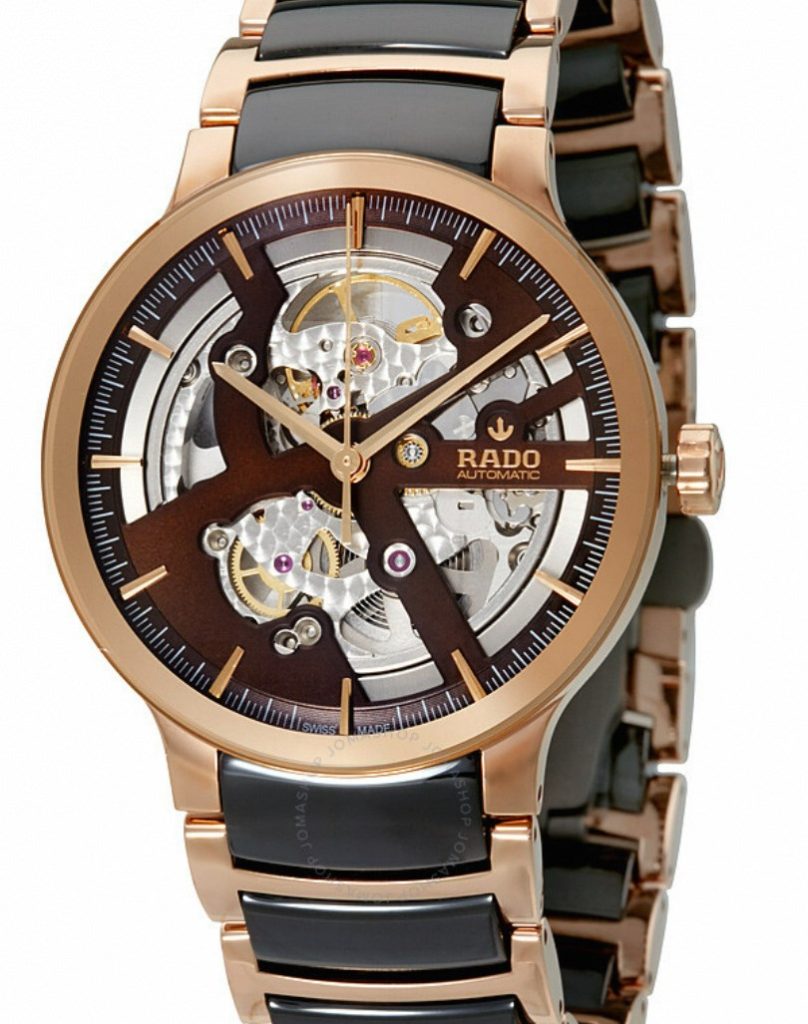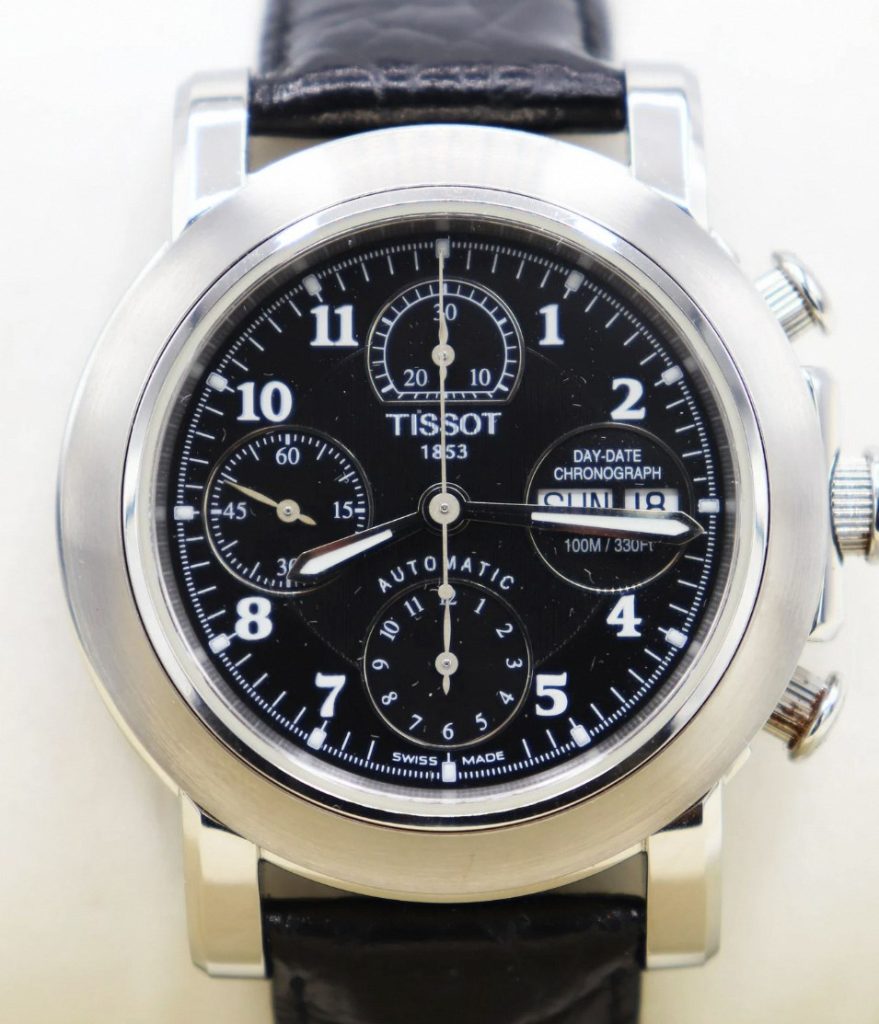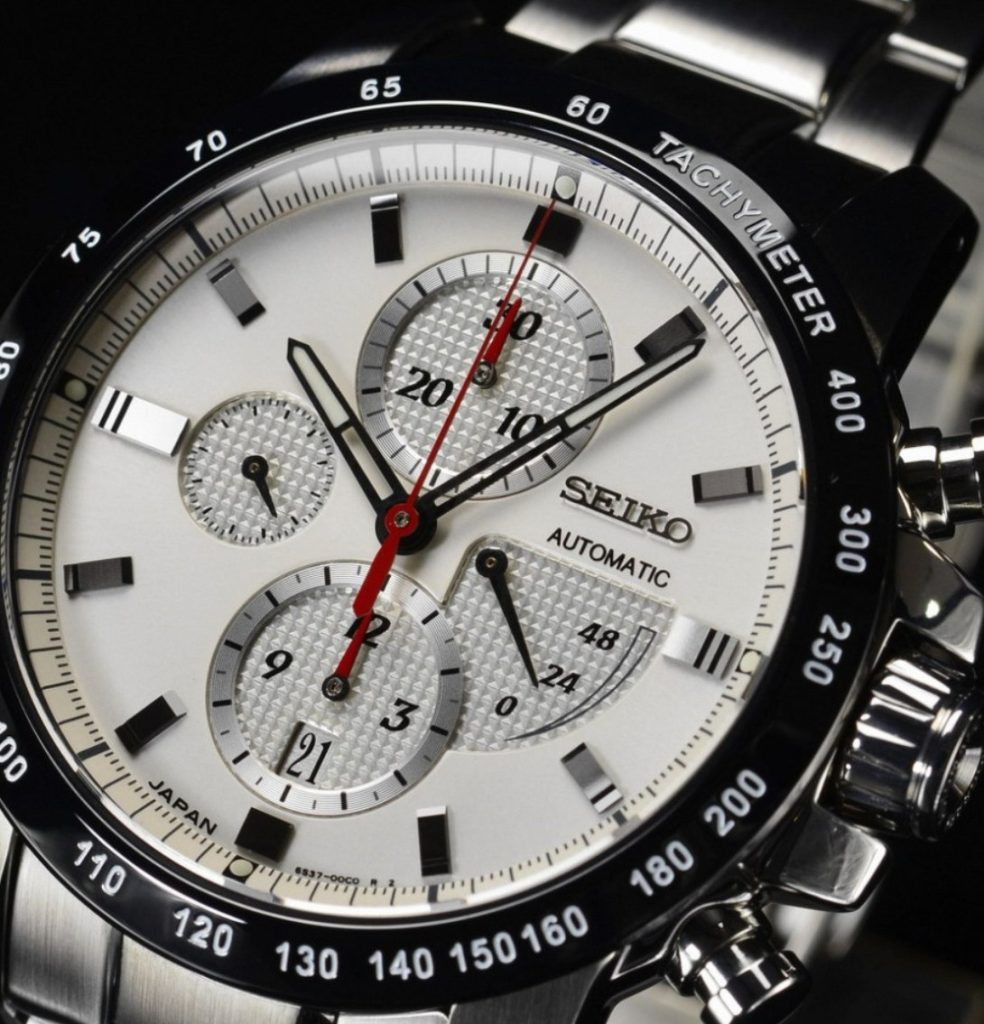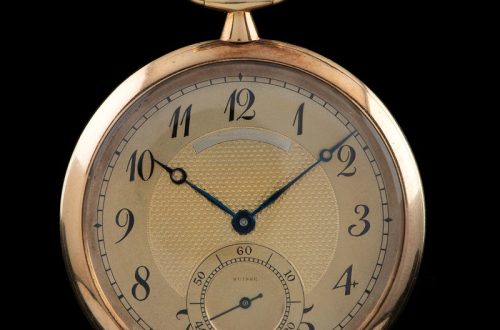In the age of smartphones and digital displays, the allure of wristwatches remains strong. But with so many options available, choosing the right timepiece can be a daunting task. Two prominent contenders in the watch world are automatic and mechanical watches. Both boast intricate mechanisms and a rich history, but they cater to different preferences. This article delves into the world of automatic and mechanical watches, exploring their unique characteristics and guiding you towards the perfect timekeeping companion.

Part 1: Unveiling the Classics: The Essence of Mechanical Watches
1. The Power of Tradition: Manual Winding and Timeless Design
Mechanical watches, also known as manual-wind watches, represent the traditional approach to timekeeping. They rely on manual winding of the mainspring through the crown to store energy and power the movement. This process creates a tangible connection between the wearer and the watch, fostering a deeper appreciation for its craftsmanship. The design of mechanical watches often reflects a timeless elegance, with intricate dials and classic silhouettes.
2. Precision Engineering: A Symphony of Gears and Escapements
Despite their seemingly simple function, mechanical watches are marvels of miniature engineering. Their heart lies in the mainspring, a tightly coiled ribbon that stores energy. This energy is then transferred through a series of gears, ultimately powering the escapement, the regulating mechanism that ensures consistent ticking. The balance wheel, paired with the hairspring, acts as the beating heart of the watch, controlling the speed of the movement and ensuring precise timekeeping.
Part 2: The Convenience of Innovation: Unveiling Automatic Watches

1. Self-Winding Wonders: Harnessing Kinetic Energy
Automatic watches, a modern innovation based on the mechanical watch principle, offer a more convenient approach to timekeeping. They eliminate the need for manual winding by incorporating an ingenious self-winding mechanism. An oscillating weight, known as the rotor, rotates freely within the watch due to the wearer’s movements. This movement of the rotor automatically winds the mainspring, ensuring the watch stays powered as long as it’s worn regularly.
2. Modern Aesthetics and Functional Appeal
Automatic watches often embody a contemporary aesthetic that sets them apart from their mechanical counterparts. This modern interpretation involves embracing bolder designs and incorporating sportier functionalities such as chronographs, as well as more complex complications like moon phases. Despite these modern touches, automatic watches still adhere to the core principles of traditional timekeeping mechanics, combining modern convenience with the enduring craftsmanship of traditional watchmaking. By integrating these contemporary features with the timeless mechanisms and precision engineering of traditional timepieces, automatic watches successfully bridge the gap between heritage and innovation, catering to modern preferences while upholding the artistry and heritage of traditional watchmaking. This fusion of modernity and tradition allows automatic watches to appeal to a wide range of enthusiasts, offering a balance of cutting-edge design and enduring horological expertise.

Part 3: Choosing Your Perfect Timepiece: Factors to Consider
1. Lifestyle and Habits: Matching Your Watch to Your Needs
When faced with the choice between an automatic and a mechanical watch, it’s essential to consider how your lifestyle and habits align with the functionality of each timepiece. If you appreciate tradition and derive satisfaction from the tactile ritual of manual winding, a mechanical watch is likely to resonate with you. The act of winding a watch daily may symbolize a deeper connection to the craftsmanship and heritage of traditional watchmaking, appealing to those who value authenticity and historical significance in their timepieces. On the other hand, for individuals leading active and fast-paced lives, the self-winding mechanism of an automatic watch offers greater convenience, eliminating the need for manual winding. This hands-off approach is particularly beneficial for individuals who have demanding schedules and prefer a low-maintenance timepiece.
2. Aesthetics and Functionality: Finding Your Style Statement
When choosing between mechanical and automatic watches, it’s important to consider the wide range of styles and functionalities they offer. The decision should be guided by features that resonate with individual preferences. Are you drawn to classic and elegant designs, or do you prefer a more modern and sporty look? Consider whether you require additional functionalities such as chronographs, date displays, or more complex complications like moon phases. Understanding these preferences and needs will help in selecting a watch that complements personal style and functional requirements. Taking the time to evaluate these factors will ensure that the chosen timepiece not only enhances personal style but also serves practical purposes in line with individual lifestyle demands. Ultimately, the decision hinges on finding the perfect balance between aesthetics and functionality, as well as aligning the watch’s features with personal preferences and lifestyle requirements.

Part 4: Beyond Timekeeping: The Value of Watch Ownership
1. A Symbol of Craftsmanship: Owning a Piece of History
Owning a mechanical or automatic watch transcends mere timekeeping; it is the ownership of an intricate work of art and engineering that embodies centuries of watchmaking tradition. The complexity of the mechanisms and the meticulous craftsmanship involved in creating these timepieces evoke a profound sense of history and an appreciation for human ingenuity. Each intricate component, meticulously assembled by skilled artisans, reflects the culmination of centuries of horological expertise and tradition. With roots tracing back to the pioneering innovations of watchmakers from bygone eras, these timepieces showcase the enduring legacy of craftsmanship and technical mastery. From the intricate inner workings to the finely crafted exterior, owning a mechanical or automatic watch offers a deep connection to the heritage of horology, invoking a sense of pride in owning a piece of history and a testament to the artistry and ingenuity of watchmaking.
2. A Timeless Investment: A Watch to Cherish
Both mechanical and automatic watches, when properly cared for, can become treasured possessions that can be passed down through generations. Their timeless design and enduring functionality ensure they remain relevant even as technology advances. The value of a watch transcends its monetary worth; it becomes a cherished symbol of time, tradition, and perhaps even family history.

In conclusion, choosing between an automatic and a mechanical watch boils down to personal preference. Both offer a unique blend of tradition, innovation, and artistic expression. By understanding their distinct characteristics and considering your lifestyle and needs, you can embark on a rewarding journey to find the perfect timekeeping companion – a watch that tells not only the time but also a story about you.


